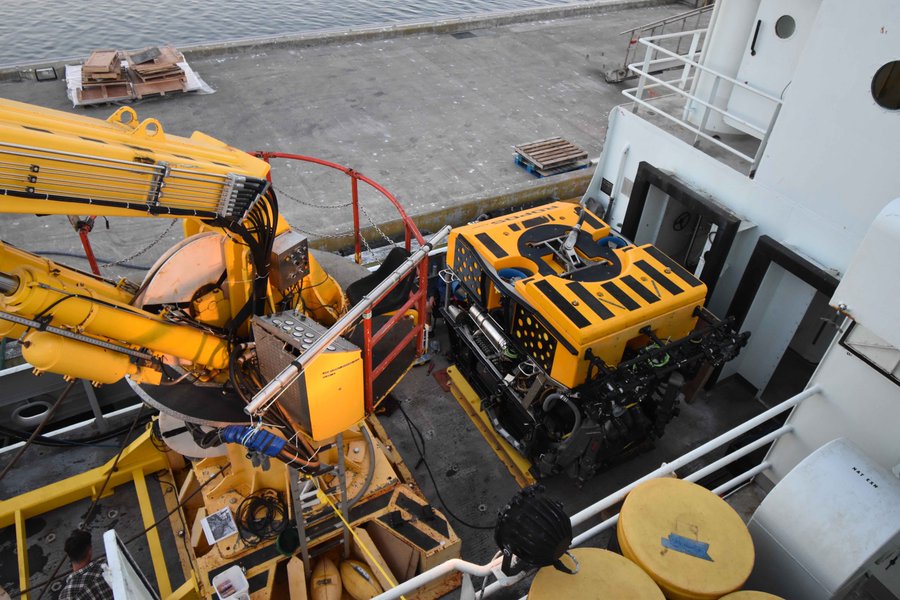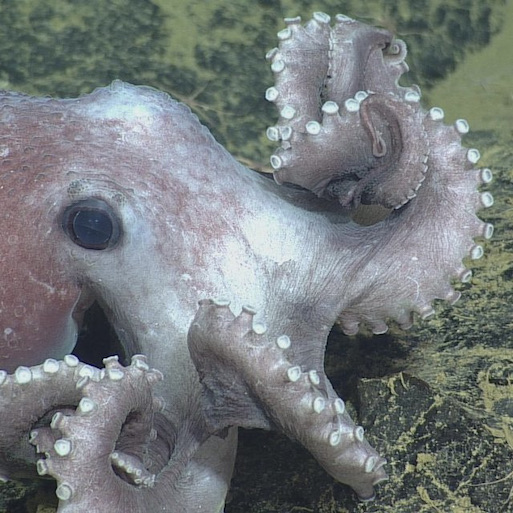- All
- Endurance 16
- Endurance 17
- Endurance 18
- Endurance 19
- Endurance 20
- Endurance 21
- Endurance 22
- Endurance 23
- Irminger 10
- Irminger 11
- Irminger 12
- Irminger 9
- Pioneer 17
- Pioneer 18
- Pioneer 19
- Pioneer 21
- Pioneer 22
- Pioneer MAB At-Sea Tests
- Pioneer MAB Initial Deployment
- Pioneer MAB Test Deployment
- RCA VISIONS 22
- RCA VISIONS 23
- RCA VISIONS 24
- RCA VISIONS 25
- Station Papa 10
- Station Papa 11
- Station Papa 12
- Station Papa 9
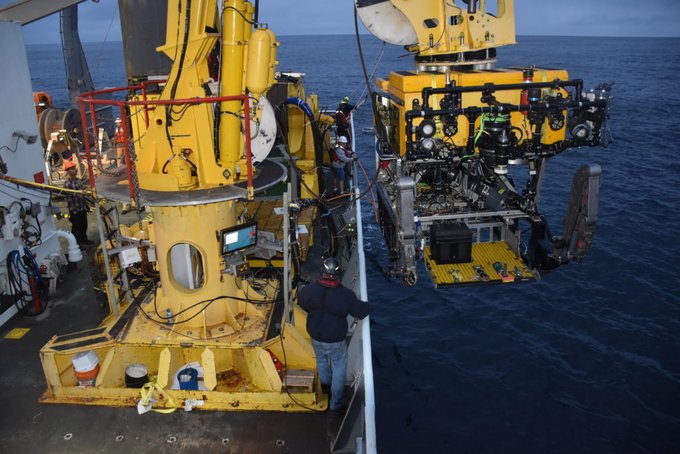
The underwater state-of-the-art robotic vehicle ROPOS allows us to see what is happening at a highly active methane seep site…

Deep-sea octopuses (Graneledone boreopacifica) sometimes lurk among the basalt cliffs formed by underwater eruptions at the summit of Axial Seamount…
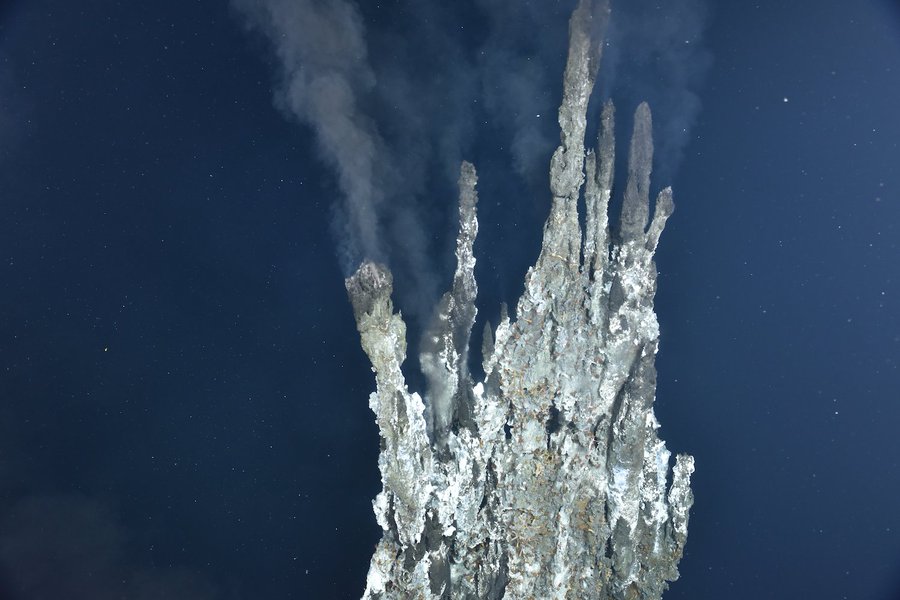
Two hydrothermal vents at Axial Seamount visited by the ROV ROPOS during the OOI Cabled Array O&M cruise show the…
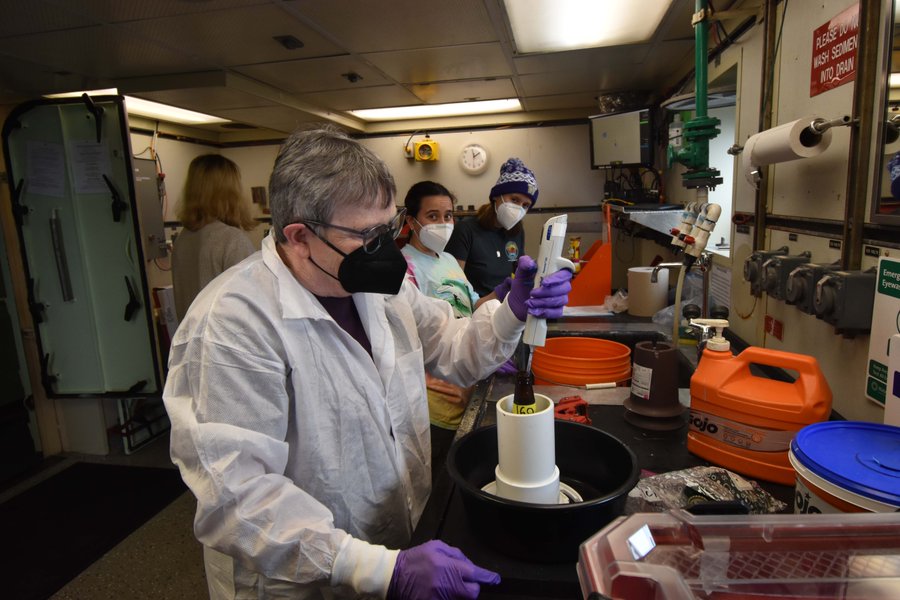
Leg 1 Co-Chief Scientist (and former Grays Harbor College Prof) Julie Nelson helps VISIONS’22 students from UW run chemical analyses…
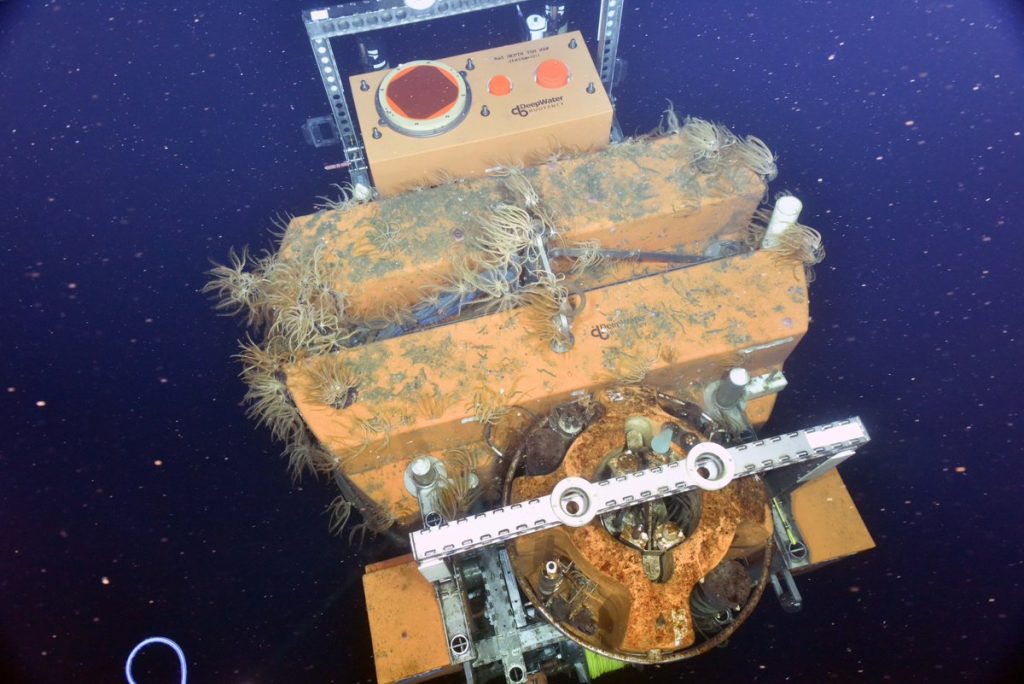
Top view of the OOI Oregon Offshore Shallow Profiler Mooring shows the difference between a new set of instruments (top),…

During the first dive of the OOI RCA O&M cruise, the ROV visited an underwater microphone (hydrophone) tripod on the…

The Canadian Scientific Submersible Facility (CSSF) Remotely Operated Vehicle ROPOS was launched August 9 on the first dive (R2201) of…
All images and videos are available for public use with the following acknowledgement: "Image (video) from work supported by the National Science Foundation Ocean Observatories Initiative, a major facility fully funded by the NSF." If an image is copyrighted, please include the copyright information at the end of this acknowledgement.

